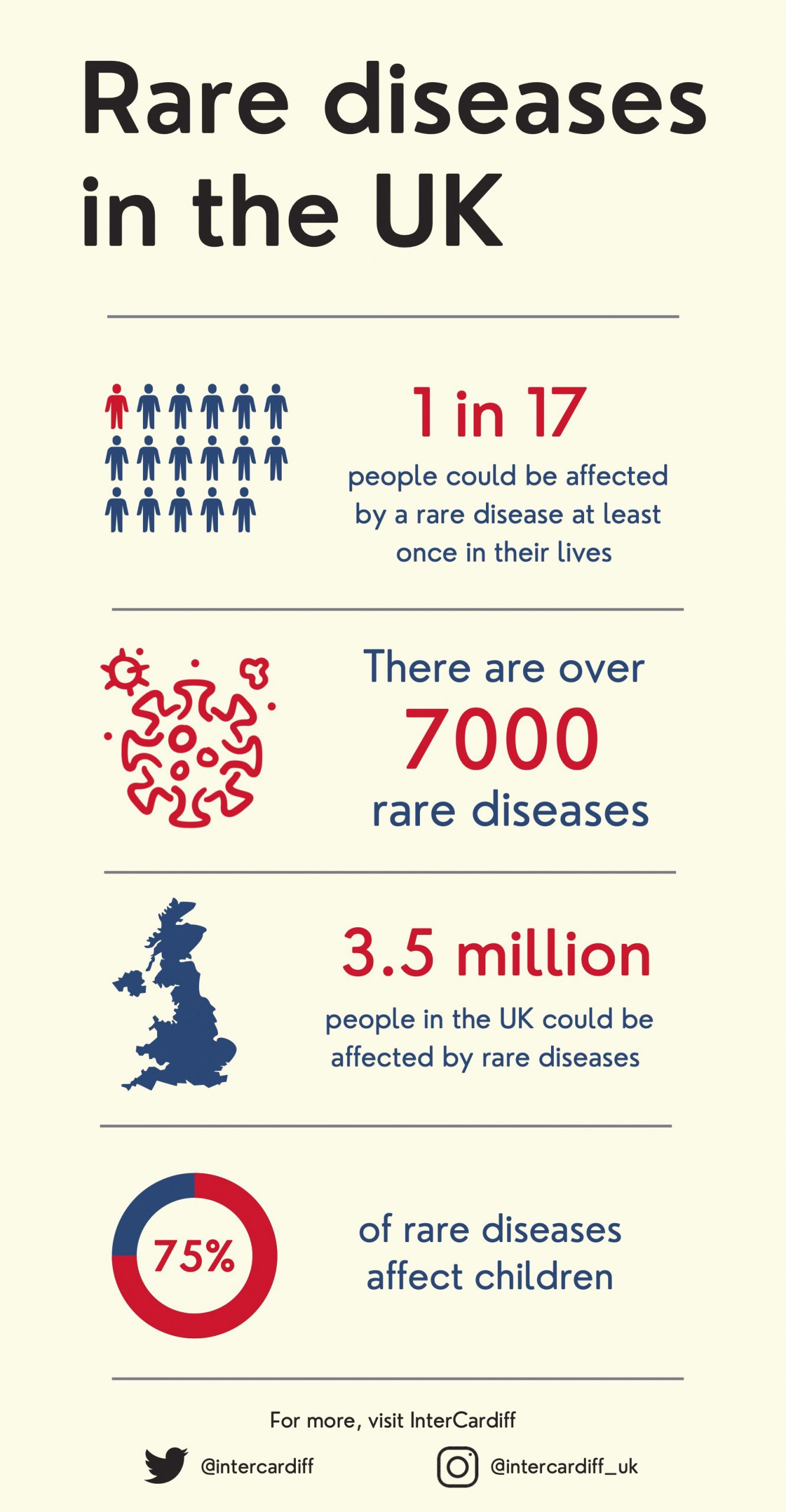In light of 28 February being observed as Rare Disease Day, here are seven diseases that will make your jaw drop with either amazement or concern, or possibly both.
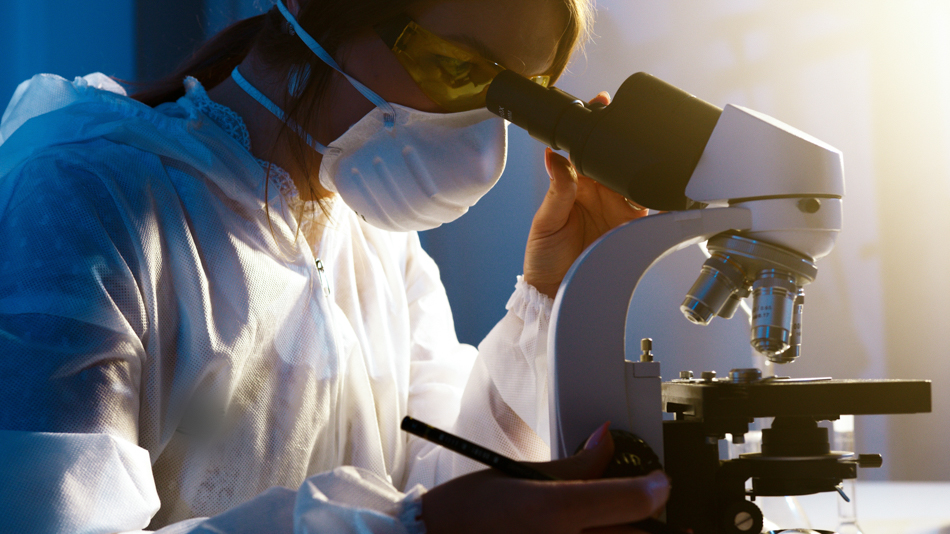
Did you ever think diseases could derive their name from the tales of Alice in Wonderland and Sleeping Beauty, or someone could suffer bouts of laughter so severe that they could end up killing them?
As bizarre as it may sound, these diseases are real. The European Union says that at least one in every 17 people might be affected by a rare disease at some point in their lives — that means these diseases could affect as many as 3.5 million in the UK.
But don’t worry just yet — the most common ones out of these rare ailments are mostly harmless, and the ones that should worry you are extremely rare. However, due to their exclusivity and peculiar nature, treatments for such diseases are often limited and not thoroughly explored.
To raise awareness for better treatment and support for individuals suffering from rare diseases, the European Organisation of Rare Diseases, a non-governmental organisation, decided to observe the last day of February as Rare Disease Day, every year since 2008.
Currently, there are more than 7000 known rare diseases. Here are seven of the most bizarre, outlandish and unsettling rare diseases you need to know about.
1. Laughing Death

This comes from the indigenous tribe Fore of New Guinea. The disease, also called Kuru, was characterised by sudden bursts of uncontrolled and frenzied laughter and came under the spotlight in the 1950s.
The symptoms of the disease would start as mild shaking of limbs and could lead to patients becoming imbalanced, cross-eyed, and losing the ability to speak, before eventually dying.
American physician Gajdusek found that the disease was a result of cannibalism within the tribe. The disease, thankfully ceased to exist once this practice was eliminated.
Gajdusek was awarded the Nobel Prize for Medicine in 1976 for his efforts in eliminating the disease.
2. Alice in Wonderland Syndrome

Another disease deriving its name from a classic children’s tale, people affected with this condition start feeling that the objects they are interacting with are much smaller than they actually are.
Also known as Lilliput sight (taken from another classic), patients tend to have a distorted vision, tricking them into misjudging the scale of objects. Sometimes, it can also cause them to feel like their own body parts are smaller than in reality.
It’s also often cited that Lewis Caroll, the author of Alice in Wonderland used to suffer similar symptoms, which may have lent to the protagonist’s experiences in his book.
3. Water Allergy
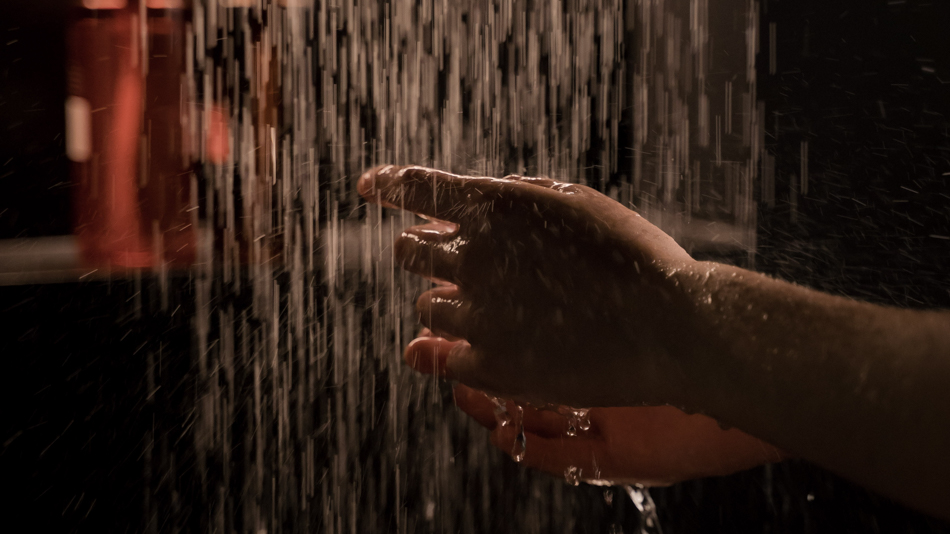
Imagine having an allergy to one of the most basic necessities of life — water. This affliction can make not only activities like taking showers or swimming dangerous — but even drinking water can leave those affected with rashes or swellings.
Known to have affected only 30 people so far, this disease causes patients to become sensitive to the ions found in water, leaving sufferers unable to come into contact with water for even short durations of time. People with the disease can’t even go out in the rain or snow.
A woman from Walsall, England was one of the few people to be diagnosed with this disease in 2009. She had said that she could only shower for 10 seconds, and had to keep her hydrated by drinking Diet Coke.
Doctors haven’t been able to come up with a definitive method to treat it, other than suggesting covering their bodies with cream and applying baking soda before bathing. The cause of this disease also remains unknown, although most of its sufferers have been women who have developed signs of water allergy after giving birth.
4. Sleeping Beauty Syndrome

Taking its name from the long-unconscious Disney princess, this condition causes people to experience elongated periods of sleep, lasting up to 20 hours and sometimes going on for days too.
However, if you’ve slept for an embarrassing number of hours too, that doesn’t necessarily mean that you have this neurological disorder, as it is believed to be either caused by an injury to the brain or due to genetic factors. It is extremely rare as well, affecting one to five people in a million.
These episodes of lengthy sleep are preceded by flu-like symptoms, with people exhibiting odd behaviours such as hallucinations or excessive eating.
5. Foreign Accent Syndrome

This is a bizarre instance where sufferers find themselves talking in a completely different and unrecognisable accent. It’s usually marked by irregularities in speech such as varying pitches, changes in speed and unusual pronunciations.
Although most people may find that the person affected is speaking in a foreign accent (imagine a native British imitating a French accent), but it’s often due to complications in the speech production part of the brain.
There are just over a hundred cases of foreign accent syndrome reported in the world, but most of them developed after a head injury, a stroke or neurotic damage.
6. Pica
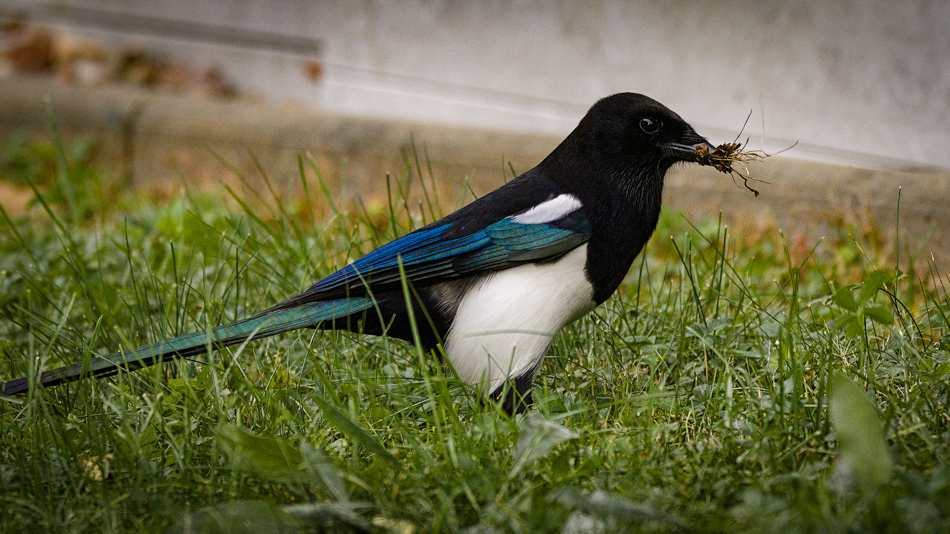
Probably the most macabre disease on the list, it derives its name from the Latin word for magpie, a bird known for eating anything. Sufferers of pica disorder develop a tendency to eat, or a craving to eat harmful non-ingestible substances, like dirt, paint, clay, screws or nails.
Although only 4% of the population is said to be diagnosed with pica, children aged between one and six, and pregnant women are the most common demographic this condition is often found in.
Pica is often found occurring with other mental disorders like schizophrenia and autism. Doctors can help and manage pica-related behaviours through intensive care, observation and therapy, although the success rate is higher with children than adults.
7. Cotard’s Syndrome
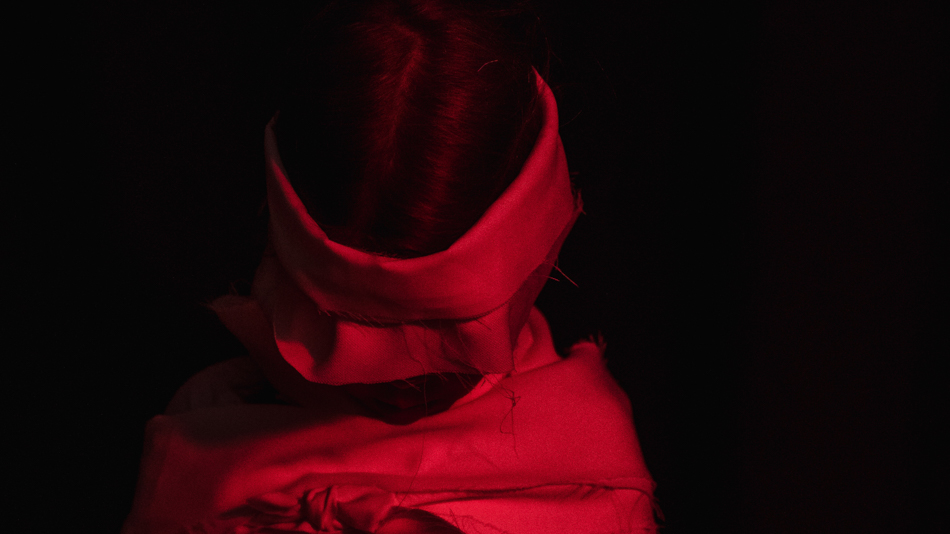
Another macabre one on the list, people with this disease start imagining that parts of their body, like an arm or stomach, are missing. In some extreme cases, the patient may start feeling as if they are dead or dying.
The syndrome, also diagnosed as a delusion, may result in people refusing to eat or bathe, in the fear that they won’t be able to digest the food or the water will wash away their body parts.
Only 200 cases of Cotard’s syndrome have been reported so far since 1880, and doctors aren’t sure what triggers this disorder. Thankfully, pharmaceutical treatments have been successful in curing it.
